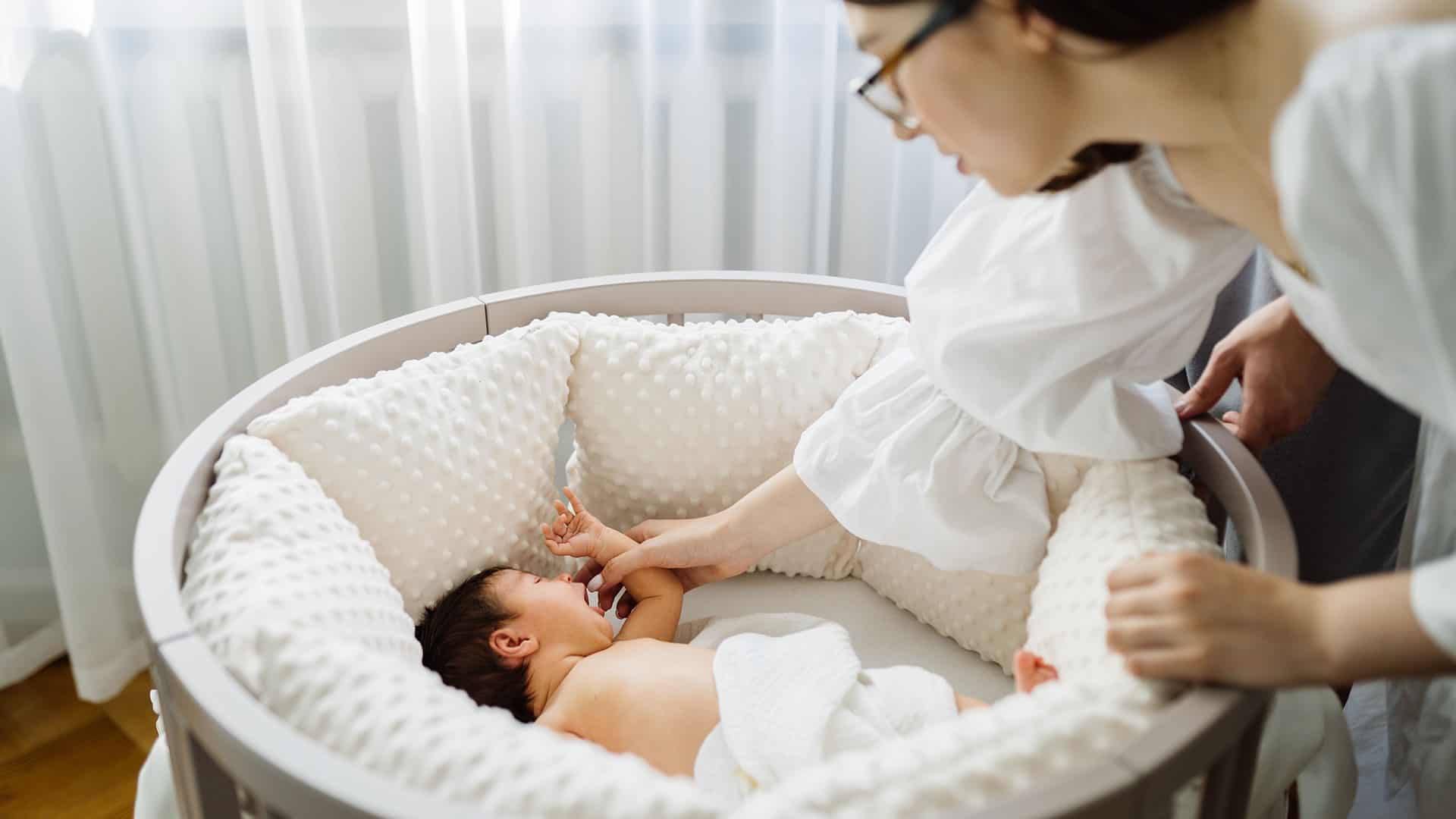Parents of young children will likely be familiar with the sleep deprivation that comes with parenthood. If you are the lucky parent of a baby who sleeps through the night within the first few weeks of life, count your blessings!
However, if your baby is already a year old, and waking every two to three hours in the night for feeding, rocking, patting, or carrying, neither you nor your child has failed. After all, 20 to 30 per cent of children have behavioural sleep problems. These are commonly caused by negative sleep onset associations or the lack of parental limit setting.
Sleep Problems Can Become Chronic If Left Alone
The advice that parents may hear can be varied and confusing, and sometimes these can come from well-meaning healthcare professionals too. On one hand, some may advise parents to wait for the child to outgrow their bad sleep habits. On the other hand, others may also argue that you will spoil a child by carrying him to sleep, and to “just let the child cry”.
There are pros and cons to intervening versus letting things be the way they are. But what has shown is that sleep problems can become chronic if left alone. They are not simply outgrown. A young child who sleeps poorly is likely to grow up sleeping poorly as an adult.
The Importance of Sleep
Sleep is important for children to grow and thrive well. It restores their bodies physically, helps them to grow, boosts their immunity, helps them to learn new things, and consolidates memories.
On the contrary, if a child does not have adequate good-quality sleep, he or she can become moodier or irritable, and have difficulties paying attention and learning. Some children, rather than having daytime tiredness, can instead become disinhibited, showing hyperactivity, impulsivity, or even aggression. There is also evidence that poor sleep increases the risk of obesity and diabetes because poor sleep causes hormonal imbalances in our bodies.
Knowing all these benefits about sleep, it is only wise to do our best to guard it and make it a priority in our households.
Cultivate Healthy Sleep Foundations
It is important to set your child and family up for sleep success. Healthy sleep foundations need to be in place.
- Nutrition: Ensure that your child is well-fed and at appropriate times of the day and night. Most well-thrived babies do not require night-time nutrition from five to six months of age.
- Sleeping environment: The sleeping environment should be dark, cooling, and quiet. Consistent, low-pitched white noise can help drown out surrounding sounds and improve sleep.
- Bedtime routine: Cultivate a consistent and calming bedtime routine.
- Schedule: Your child should also have an age-appropriate daily schedule.
- Emotional needs: Finally, ensure that your child’s emotional needs are met.
Some children sleep well with just healthy sleep foundations in place, and these lucky parents do not need to employ further measures. For families who still struggle with sleep problems despite these steps, sleep training can be considered.
What Sleep Training Is and Is Not
Sleep training gets most of its bad rap from the “cry-it-out” approach, which is the least gentle of the methods used. That said, it is true that there will be an element of protest-crying with the unlearning of habits, which is what sleep training works on.
The good news is there is evidence that sleep training does not do any harm to the child emotionally, physically, or psychologically, nor does it affect their attachment to a parent. There have also been no cognitive or emotional drawbacks found up to five years later. On the contrary, sleep training has shown to improve sleep, and lower maternal depression in the short and medium-term.
Here are some common sleep training strategies parents can choose from, depending on the child’s temperament and one’s parenting philosophy.
- Cry-it-out: This method involves putting the child down in bed awake and leaving the room. The parent does not re-enter until the scheduled wake time. This method generally entails more crying, and many parents cannot tolerate this. The first few nights are usually the worst, but this will improve as the child learns the skills to self-soothe to sleep.
- Graduated extinction: This is a strategy also known as the Ferber method, and is a gentler version of the “cry-it-out” method. After putting the child in bed awake, the parent leaves the room and returns at progressively longer intervals to reassure the child briefly without picking him up, and then repeat the process until he falls asleep by himself. These brief checks help reassure the parent that the child is safe and reassures the child that the parent is around.
- Camping out, or the vanishing chair method: This method involves having the parent sit in a chair next to the child’s bed until he falls asleep at bedtime and during night wakes. Over time, the parent gradually moves the chair further away from the bed until the child can fall asleep on his own. This method requires a lot of discipline from parents. It also works better for older preschoolers because infants and toddlers may be confused and overstimulated by parental presence in the room.
- Pick-up / put-down: This method involves having the parent pick up the child when he cries and putting him back down when he is calm. This can work for younger babies, but after five to six months of age, this process can be more upsetting and stimulating for the child.
Important Considerations Before Sleep Training
Before starting sleep training, here are a few important considerations:
- If it is not broken, do not fix it. If all family members are sleeping well and happy with the current sleep arrangement, there is no need to rock the boat. It is crucial for caregivers to be on the same page before starting sleep training, as it requires consistency and patience.
- Consider your child’s age and developmental stage. Know what is considered healthy and normal sleep at each age. Most sleep training methods are appropriate for children who are at least four to six months old.
- Recognise medical problems that may affect sleep. If your child has regular loud snores, or abnormal movements during sleep, there may be underlying medical conditions affecting their sleep. Consult a paediatrician if you suspect this to be present.
- Sleep training is not one-size-fits-all. There is no one right way for each child and family’s sleep. The best solution is the one that works for your family. If you have concerns about your child’s sleep, or if you are considering sleep training, it may be helpful to consult a paediatrician or sleep specialist to discuss the best approach for your family. In the meantime, you may also find out more about our paediatric sleep care package here.









